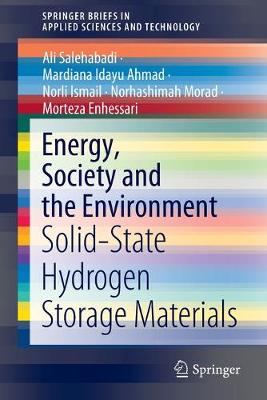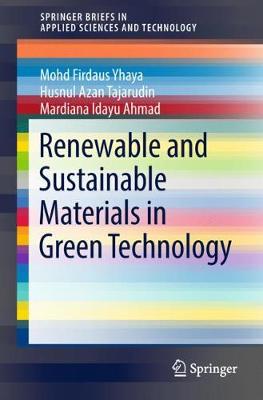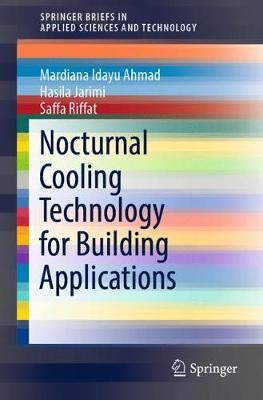SpringerBriefs in Applied Sciences and Technology
3 total works
Energy, Society and the Environment
by Ali Salehabadi, Mardiana Idayu Ahmad, Norli Ismail, Norhashimah Morad, and Morteza Enhessari
This book provides a comprehensive and contemporary overview of advances in energy and energy storage technologies. Although the coverage is varied and diverse, the book also addresses unifying patterns and trends in order to enrich readers' understanding of energy and energy storage systems, particularly hydrogen energy storage, including e.g. their morphology, porosity and material structure. Readers will also gain insights into the hydrogen storage performance landscape, based on data released by the US Department of Energy (DOE), providing a basis for understanding real-world applications. The book also discusses the superior hydrogen storage performance of solid-state materials and explores the physical and chemical properties that can potentially affect their performance.
Renewable and Sustainable Materials in Green Technology
by Mohd Firdaus Yhaya, Husnul Azan Tajarudin, and Mardiana Idayu Ahmad
This book discusses recent developments in renewable and sustainable materials from a green technology perspective and how these materials interact with the environment. It highlights the fundamental processes involved in the production of renewable and sustainable materials, including chemical and biological approaches as well as these materials' potential application as green technological option. Written in a didactic style, it offers a guide and insights into renewable and sustainable materials. Each chapter provides in-depth technical information on the material's theory and its applications. The book shows how new materials may help us solve human and environmental issues in the future and suggests where current research may lead.
Nocturnal Cooling Technology for Building Applications
by Mardiana Idayu Ahmad, Hasila Jarimi, and Saffa Riffat
This book discusses nocturnal cooling technologies for building applications. Exploiting the natural environment as a renewable and sustainable resource has become a significant strategy for passive energy saving in buildings, and has led to growing interest in the use of passive radiative cooling based on nighttime (nocturnal) and daytime (diurnal) operating periods. Of these, nocturnal cooling is more promising since diurnal cooling is hard to achieve due to the solar radiation effect. As such, this book provides a comprehensive overview of nocturnal cooling for building applications, including a definition, concepts and principles; materials and devices; and cooling systems and configurations.


